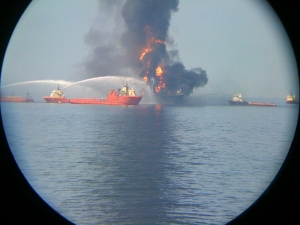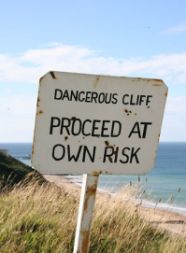
Chicago City Hall’s Green Roof
Two commercial “green” roofs have been in the news this week. One involves a collapse; one involves energy savings.
Green Roof Collapse
The green roof at the Aquascape, Inc. warehouse in Illinois collapsed over the weekend, likely due to melting snow and ice. A 50 foot wide section of th 256,000-square-foot roof (allegedly the largest sloping green roof in North America) collapsed on Sunday, although no injuries were reported. A team of structural engineers from the building’s design firm is investigating the cause. As noted in a company press release, St. Charles, IL, where Aquascape Inc’s head office is located, had been recently hit with a major snow storm where 20.6 inches of snow had fallen in less than 24 hours, followed by above freezing temperatures causing a quick thaw. An ice damn at the base is suspected to have backed the water up over the parking structure causing its collapse.
Solar Roof goes “live”
While Aquascape’s engineers are investigating their roof collapse, there is some good green roof news closer to home. Raleigh-based marble company David Allen Company has recently “flipped the switch” on a photovoltaic solar energy facility that it claims is one of the largest rooftop photovoltaic systems in the Triangle, with 700 solar modules covering 23,000 square feet of the rooftop of the company’s warehouse. The company hopes to offset at least 35% of its current electrical costs, and sell energy to Progress Energy as well, according to Triangle Business Journal.
Legal Implications related to Roof Design?
Both of these roofs bring up legal issues. Was the Aquascape green roof designed appropriately to accommodate loads in a winter climate?
With so many roof collapses this winter (including, of course, the Minneapolis metrodome) , is there, or should there be, a duty on the building’s owner/maintenance crew to proactively remove snow accumulations?
For new solar roofs, such as at David Allen Company, who assumes the risk if the expected cost savings are not realized?
Based on the sheer number of roof collapses this winter, and the number of green projects growing steadily, there is sure to be some litigation addressing at least some of these issues in the near future. Stay tuned.
———————————
Photo Courtsey Wikipedia/Creative Commons license




